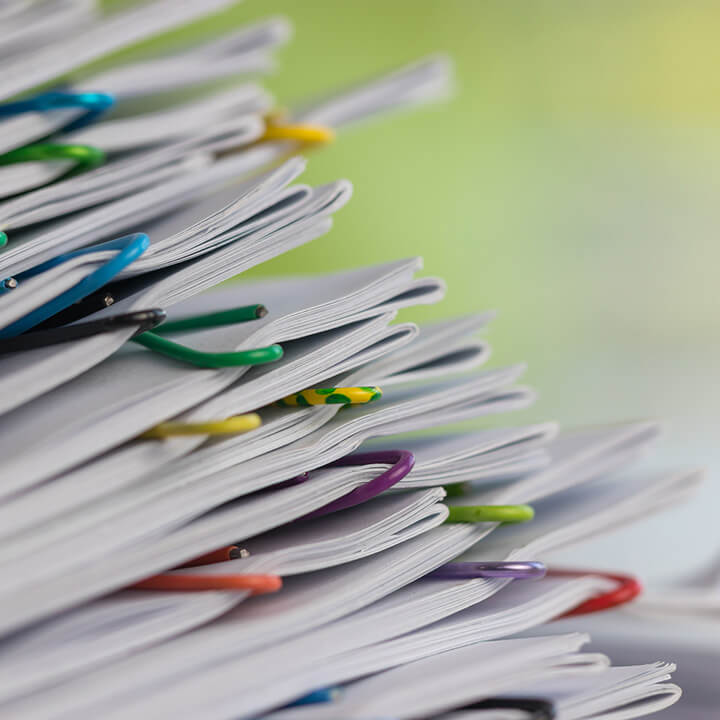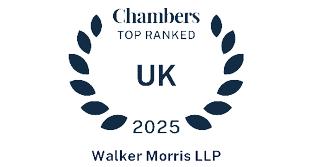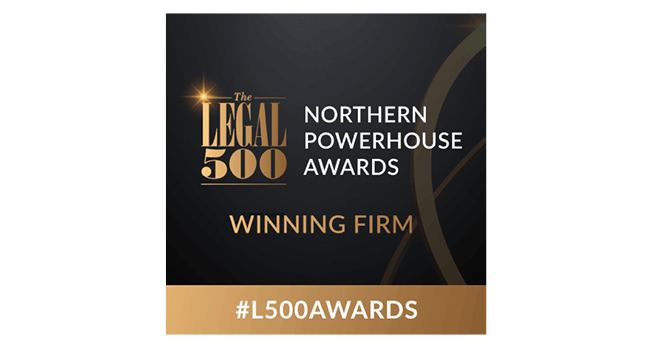An overview of the Disclosure process
10th July 2023
In commercial disputes, parties often place substantial reliance on documents to prove their claim. Disclosing such documents to the other party is an essential part of the litigation process. It ensures all parties have access to the same information and have time to prepare for a fair hearing. In this article, we set out a short overview of the disclosure process.
What is disclosure?
Parties who go to court in England and Wales to resolve their dispute are obliged to disclose to each other the existence or past existence of ‘documents’ which are relevant to the disputed issues, including any document on which they rely and/or which may adversely affect their case [1]. A party does not have to go to extreme lengths to find relevant documents in or formerly in its control: the search need only be reasonable in the context of the facts of the dispute and the extent of the documents.
Disclosure and the inspection of disclosed documents is undertaken by order of the court and is governed by the Civil Procedure Rules (Part 31, PD 31A, PD 31B and PD 57AD) and the Court Guides.
What is eDisclosure?
Parties have long had the duty in legal proceedings to disclose hard copy documents to the other party which are relevant to the dispute to help prove or disprove a claim. Now, however, that duty of disclosure also covers electronically stored information (ESI). Disclosable documents can therefore now take any form, including but not limited to paper or electronic. Documents may be held on computers or portable devices such as memory sticks or mobile phones, or may be held within databases. Documents include e-mail and other electronic communications such as text messages, webmail, social media, voicemail, audio or visual recordings. Documents also extend to information that is stored on servers and back-up systems; electronic information that has been ‘deleted’; and even to metadata and other embedded data. The amount of ESI and disclosable documents potentially relevant to a dispute can be surprisingly high and can span both work and personal documents.
eDisclosure is the process of collating all forms of ESI which are relevant to the issues in dispute and disclosing them to the other side for inspection. This process can be highly technical and complex. It can often require technical experts to assist in the proper, safe recovery and sorting of material.
The use of forensic computer experts for eDisclosure
Technological advances mean that software can be used to facilitate the eDisclosure process. Experts can and in some cases should be used to extract and sort the relevant e-documents from a party’s electronic devices. Without such expertise, the metadata for documents can be damaged and the evidence could be compromised. Experts can also use software to filter large numbers of documents to reduce the number of documents that the parties’ solicitors have to review.
Onerous Duties
Solicitors must ensure their clients preserve all relevant documents from the moment a dispute becomes likely. They also have a duty to ensure proper disclosure takes place and to advise their clients on privileged documents so that the clients do not inadvertently waive their right to assert privilege.
Clients retain the duty to disclose (and preserve) relevant documents right up until the dispute settles or judgment is given.
Menu of disclosure options
There are a range of options for conducting the disclosure process. This means that the most appropriate disclosure procedure for the particular dispute, and for the volume and nature of documents, should be used. A judge will only order a particular approach if it is proportionate and necessary to deal with the case justly.
Disclosure – the procedure
Once a dispute starts, the disclosure procedures relating to the collation and disclosure of documentary evidence might include some or a combination of the following depending on the type of case, the parties and the orders made by the judge:
- an informal exchange of the key documents by the parties at the outset to help support the claim/defence and promote settlement;
- a review by the parties’ solicitors of the facts and legal issues to ascertain for example, who the key witnesses will be, the likely documentary evidence and where it might be located;
- advice by the solicitors on preserving the documents and against creating new documents;
- the early consideration of the Electronic Documents Questionnaire to consider whether there are e-documents to be disclosed (and where they are located);
- early discussions between the parties on the type of approach to take to Disclosure and the most appropriate way to deal with e-documents;
- the parties complete the directions questionnaire in which they will set out their approach to disclosure;
- filing the disclosure report verified by a statement of truth before the Case Management Conference (CMC). This document sets out what documents exist or existed, where they are stored, how e-documents are stored and how much it could cost to search and disclose them and a note of which disclosure orders will be sought at the CMC.;
- the parties then prepare for the CMC. They will discuss their proposed disclosure options, agree them where possible and start to search for and review documents;
- at the CMC, the judge will make a disclosure order setting out what each party must do and within what timescale and which experts can be used;
- if standard disclosure is chosen, disclosure is usually carried out by the parties’ exchange of a list of documents The list must include a disclosure statement confirming the extent of the search, that the person signing understands, and has complied with the disclosure duties;
- the parties review each other’s lists and proceed to inspection. A party’s right to inspect documents is normally effected by exchanging copies;
- if one party considers the other’s list to be incomplete or inaccurate, there may be a challenge to Disclosure.
Disclosure: How we can help
If you are involved in litigation, we can provide expert legal assistance from the outset. We can advise you of your disclosure duties and support you to ensure all relevant documents are preserved, found and disclosed. We can also advise whether the law of privilege may enable the withholding of certain documents from disclosure/inspection. If documents are discovered late in the proceedings, that can potentially harm your case. If you find documents during the proceedings and are not sure of their relevance, always speak to your solicitor.
For further information or tailored advice or training on disclosure and privilege, please contact Gwendoline Davies, Lynsey Oakdene or any member of our Commercial Dispute Resolution team.
[1] See Walker Morris’ note on the law of privilege. Privilege may enable a party to withhold certain documents from disclosure.





